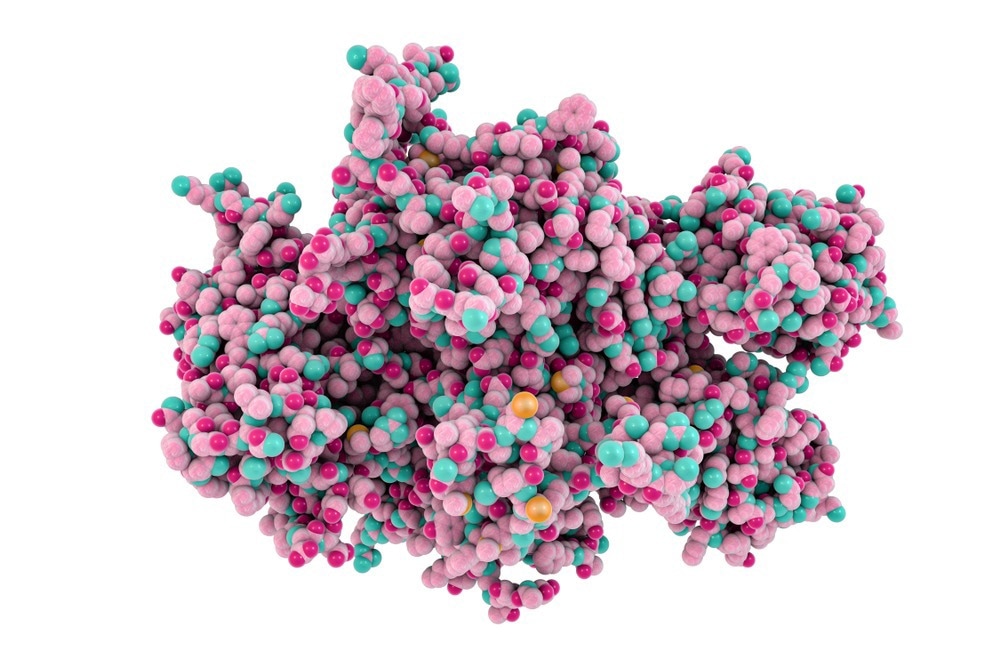The blood clotting protein von Willebrand Factor (VWF) has a new function that has been identified by researchers at RCSI University of Medicine and Health Sciences. This finding could help create new therapies for people who suffer from inflammatory and blood-clotting conditions.

Image Credit: Kateryna Kon/Shutterstock.com
The study, which was published in Nature Communications, reveals that VWF is crucial in controlling immunological reactions at locations of blood vessel injury. This suggests that in addition to its function in blood clotting, the protein also has a recently found role in healing damaged blood arteries.
About one in 1,000 people in Ireland have von Willebrand disease, which is a deficiency in VWF. People who have this disease are more likely to experience severe, excessive bleeding.
However, those with excessive quantities of the protein in their blood run the danger of experiencing life-threatening blood clots. For instance, unusual blood clots found in the lungs of individuals with severe COVID-19 have been linked to very high VWF levels.
This study demonstrates for the first time that VWF modulates local immunological responses along with blood clotting at the site of injury. Inflammatory and blood clotting diseases such von Willebrand disease, deep vein thrombosis, and myocardial infarction could certainly benefit from the discovery of this new biological function for VWF in controlling inflammatory responses.
For more than 50 years, it has been known that von Willebrand factor plays a key role in preventing bleeding by acting as a glue at the site of injury. This research now helps us to further understand the role that VWF plays in linking blood coagulation and inflammation and thereby paves the way for the development of new treatments.”
James O’Donnell, Study Lead Author and Director, Irish Centre for Vascular Biology, School of Pharmacy and Biomolecular Sciences, RCSI University of Medicine and Health Sciences
Source:
Journal reference:
Drakeford, C., et al. (2022). von Willebrand factor links primary hemostasis to innate immunity. Nature Communications. doi.org/10.1038/s41467-022-33796-7